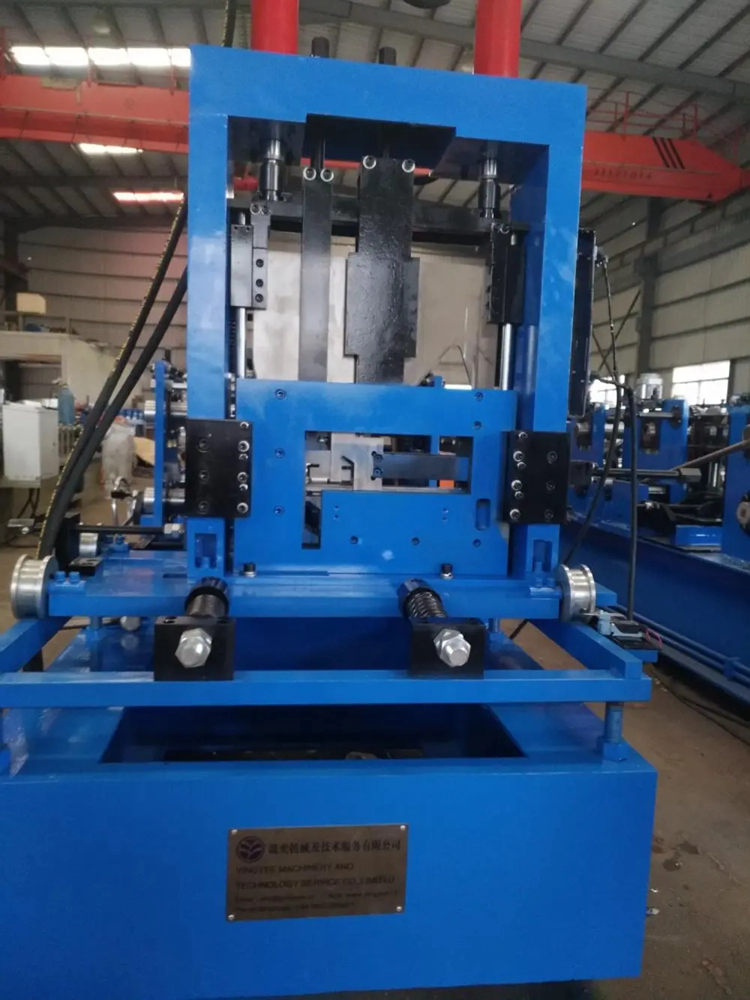
The Evolution of Polyurethane Sandwich Panel Machine Technology
In the realm of modern construction, the demand for efficient, sustainable, and versatile building materials has surged. One of the standout solutions in this domain is the polyurethane sandwich panel, a product that combines excellent thermal insulation, structural integrity, and cost-effectiveness. At the heart of this innovation lies the polyurethane sandwich panel machine, a piece of equipment that has transformed manufacturing processes and set new standards in the construction industry.
Understanding Polyurethane Sandwich Panels
Polyurethane sandwich panels are composed of three layers two outer sheets (which can be made from materials like steel, aluminum, or fiberglass) and a core of rigid polyurethane foam. This unique structure provides not only high thermal insulation but also durability and lightweight properties. These panels are widely used in various applications, including industrial buildings, cold storage facilities, and modular construction.
The Role of the Polyurethane Sandwich Panel Machine
The polyurethane sandwich panel machine plays a crucial role in the production process. It automates the combination of the outer layers with the polyurethane foam core, ensuring consistency, strength, and optimal insulation. This machine optimizes manufacturing workflows and minimizes human intervention, thus enhancing production efficiency.
Key Components of the Machine
1. Foam Mixing System This system is responsible for the precise mixing of the polyurethane components (polyol and isocyanate) that form the foam. Various additives can be included to enhance properties such as fire resistance and thermal insulation.
2. Panel Forming System Once the foam is mixed, it is poured between the two outer sheets. The forming system ensures that the foam is evenly distributed and adheres properly to the outer layers.
3. Curing Station Here, the panels are allowed to cure, allowing the polyurethane foam to expand and solidify into its final form. This process is critical for achieving the desirable insulation properties.

Advantages of Using the Polyurethane Sandwich Panel Machine
1. Efficiency Automating the manufacturing process significantly reduces production time. A well-optimized machine can produce large quantities of panels in a short time, meeting the demands of large construction projects.
2. Quality Control Machines are equipped with advanced monitoring systems that ensure each panel meets strict quality standards. This is crucial in construction, where structural integrity and insulation performance are paramount.
3. Flexibility Modern machines can be adjusted to produce panels of various sizes and thicknesses, allowing manufacturers to cater to diverse client needs and market conditions.
4. Sustainability The use of polyurethane sandwich panels contributes to energy efficiency in buildings, which is critical in today's environmentally-conscious market. Additionally, machines can be designed to minimize waste during the manufacturing process.
The Future of Polyurethane Sandwich Panel Machines
As technology continues to advance, we can expect significant innovations in the design and functionality of polyurethane sandwich panel machines. Smart technology, including AI and IoT integration, could enhance monitoring capabilities, predictive maintenance, and operational efficiency. Furthermore, with increasing regulatory pressures to reduce carbon footprints, manufacturers will likely innovate new materials and processes to enhance the sustainability of sandwich panel production.
Conclusion
The polyurethane sandwich panel machine represents a significant leap in modern construction technology. By facilitating the efficient production of high-performance panels, it addresses the increasing demand for sustainable building materials that do not compromise on quality. As construction trends evolve and the emphasis on energy efficiency grows, these machines are poised to play an integral role in shaping the future of the industry. With ongoing advancements, manufacturers will continue to find new solutions that enhance productivity while meeting the rigorous demands of contemporary construction projects.